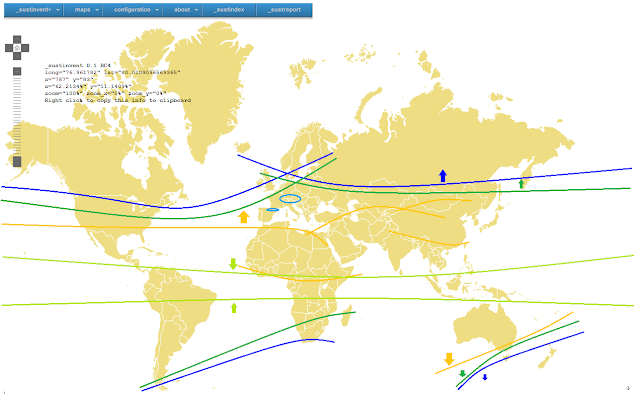_GradeS+: Cameroon, Namibia, Mozambique perform Sustainable Water Management
Outlook: positive

-- a note from _kt75 Cameroon, Namibia, Mozambique - _Grade S+ | outlook: positive Nigeria, Mali, Kongo - _Grade D- | outlook: negative A previous screening of water supply management schemes in Africa revealed preferable conditions for Cameroon, Namibia and Mozambique [ 1 ]. All three countries are characterised by well-organised operative structures both in terms of staff/know-how as well as in terms of infrastructure (_Grade S+ | outlook: positive). Especially Namibia, one of the driest countries in the region, has implemented an excellent and robust water management scheme. Of additional benefit for Namibia might the discovery of another voluminous ground water resource close to the border with Angola [ 2 ]-[ 4 ]. It will pose a challenge to as sustainable as possible use this water deposit. Cameroon, assessed to be one of the most stable countries in the region, participates in the 'Joint Monitoring Programme for Water Supply and Sanitation' which can assist to ma...



